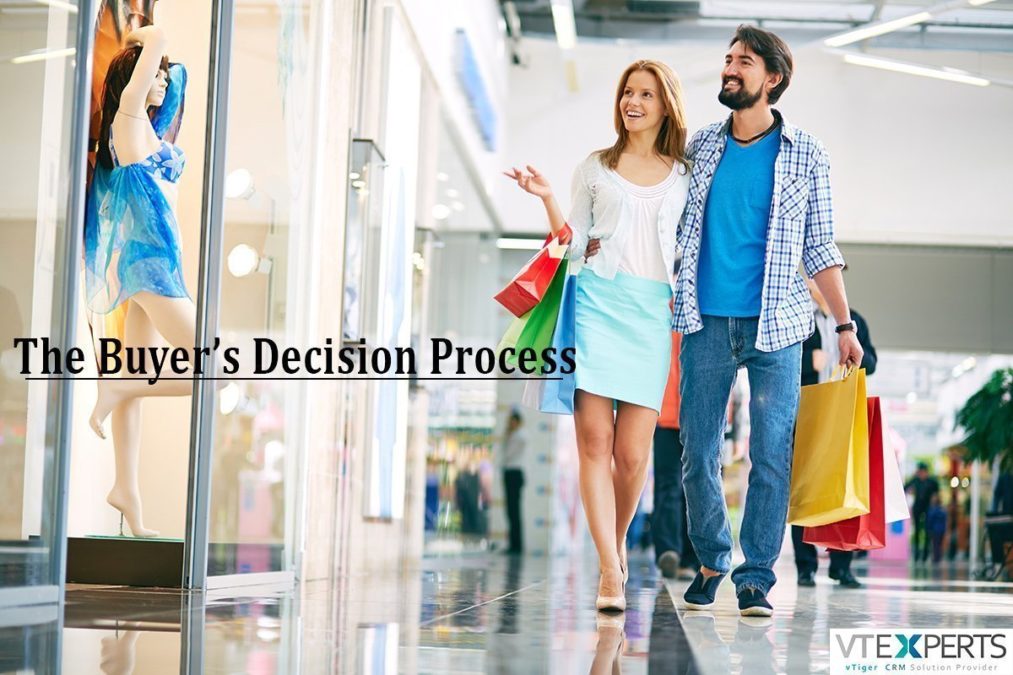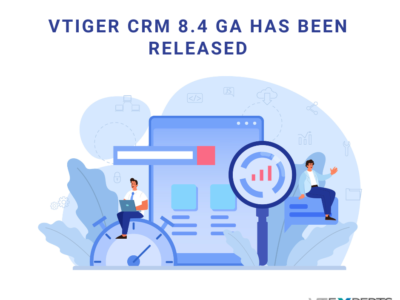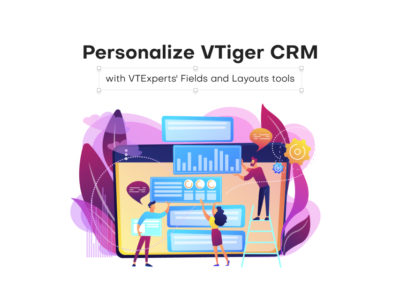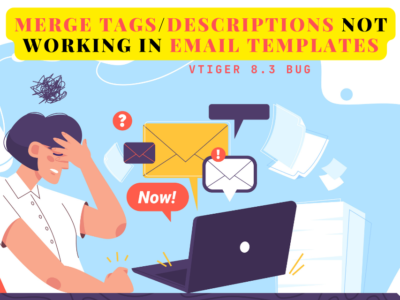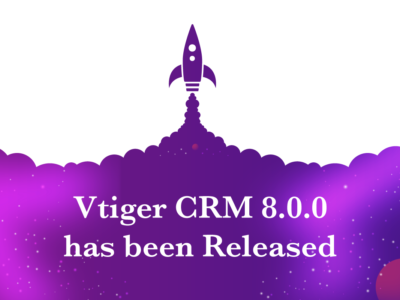There are some influences that affect buyers and their decisions for buying products. This buying process starts long before actual purchases and continues long after. So marketers need to focus on the complete buying process instead of purchase decision only.
Buyer decision process consists of five stages:
-
Need Recognition
This is the first stage of the process, in which the consumer recognizes a need or problem. Need is generated by internal stimuli when one person’s normal need rises to high level to become drive. A need can also be generated by external stimuli. For example, a discussion with your friend or an advertisement might get you thinking about purchasing a new car.
-
Information Search
At this stage, consumer starts to search more information about the product which he is interested to buy. If consumer’s drive is strong and he can satisfy his needs, he will buy. Otherwise he keeps it in his mind store and gets more information to get more info related to the product. For example, once you have decided to buy a new car, you will probably pay more attention to car conversations, car ads, and to discuss with your car owners’ friends.
-
Evaluation of Alternatives
In this stage of decision process, consumers use all gathered information to evaluate alternatives brands to make best choice. The marketer needs to know about alternative evaluation – that is how does the buyer process information to reach at different brand choices. Sometimes buyers make buying decisions on their own, sometimes they go with their friend’s opinion, consumers guide or sales persons for buying advice.
-
Purchase Decision
After evaluation of brands for purchasing, usually consumer’s purchase decision will be to buy the most appropriate brand. But two factors can come between the purchase intention and purchase decisions. The first factor is other’s attitude. If someone who is trustworthy for you, give you advice to buy low price car, the chances to buy expensive car can be reduced. Unexpected situational factors are second. In is factor, consumer may form a buying intention based on situational factors such as expected price, expected income, and expected product benefits.
-
Post-purchase Behavior
This stage is about the consumers’ action which he takes after buying products in term of satisfaction or dissatisfaction. Marketers’ job does not complete when the product is purchased. After purchasing the particular product, the consumer will be satisfied, dissatisfied and will connect in post-purchase behavior of attention to the marketers. This stage is related to word of mouth and publicity of product either it is positive or negative.
So these are the five stages of buyer’s decision process. If you are going to buy products for regular use, buying decision will be dependent upon stage one and four, means need recognition and purchase decision. Otherwise you will go through the all stages if you are going to buy expensive product.


